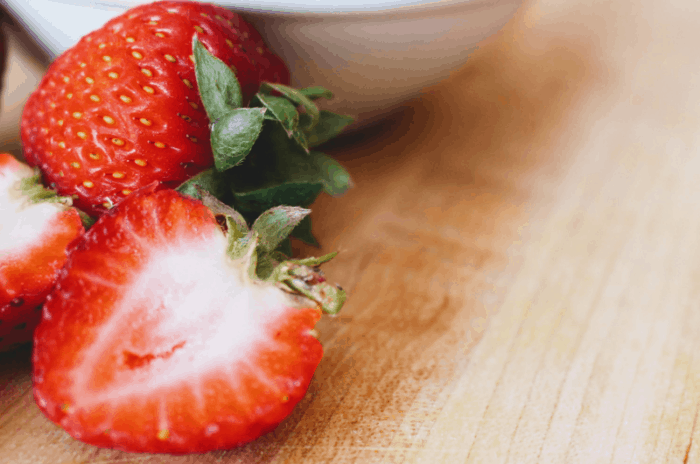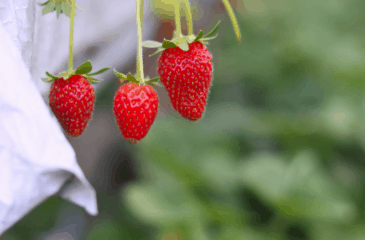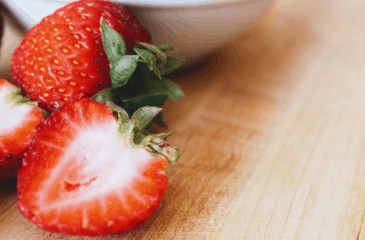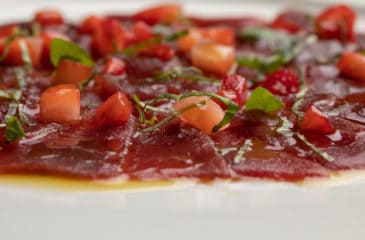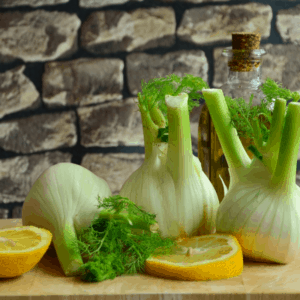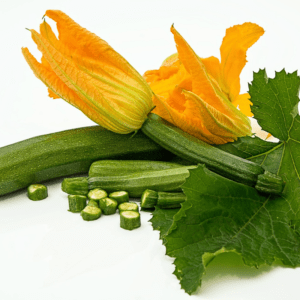The term strawberry means the edible part of the Fragaria vesca plant; from a botanical point of view, the strawberry is not a berry.
Technically, it is an aggregate accessory fruit, meaning that the fleshy part is derived not from the plant’s ovaries but from the receptacle that holds the ovaries. Each apparent “seed” (achene) on the outside of the fruit is actually one of the ovaries of the flower, with a seed inside it.
The strawberry is a widely grown hybrid species of the genus Fragaria, cultivated worldwide for sweet, aromatic, fruit. Its bright red colour and juicy texture add to their appeal. Strawberries are eaten in large amounts, either fresh or made into jam, pies, ice cream, cakes, liqueurs, and chocolates. They may also be used for cosmetics.
There are numerous varieties. They are broadly divided into varieties that give large fruits only once and those that produce smaller fruits fairly continually, from spring to autumn.
The small strawberries from Nemi in the province of Rome are world-famous and used to make the Fragolino di Nemi, a traditional liqueur prepared with these small strawberries, which absolutely must be harvested by hand, to give this liqueur its sweet, aromatic flavour.
Raw strawberries are a rich source of vitamin C and a good source of manganese as well as containing folate and potassium. They are very rich in antioxidants and plant compounds, which may have benefits for heart health and blood sugar control.


